A visitor to Myanmar can easily spend two weeks seeing the main tourist destinations and depart with the impression of having been in a peaceful nation. Within its borders, however, rages the world’s longest continuing civil war. It began at independence in 1948 and no end is in sight. This is the conundrum of Myanmar today: the coexistence of peace and war.
The first national election in 20 years was held in 2010, at the end of five decades of repressive military rule. This election produced a government led by former General Thein Sein that unexpectedly moved quickly to adopt far-reaching political and economic reforms. The longtime leader of the democratic opposition and world-famous icon of democracy Aung San Suu Kyi was released from house arrest shortly after that election. In 2012, she won a seat in the parliament in a by-election. In the 2015 election, her party — the National League for Democracy (NLD) — won in a landslide against the military-supported party.
The euphoria internally and abroad produced by the Thein Sein government’s reforms began to dissipate under the NLD-led government. The Myanmar military retained much power independent of the elected government under the constitution it had drafted and got adopted in a rigged referendum in 2008. It resisted the political reforms Aung San Suu Kyi sought, including amending the constitution to remove the provision prohibiting her from becoming the country’s president. The economic reforms her government sought came slowly as her cabinet ministers, with no bureaucratic experience, struggled to understand their mandates and to motivate their agencies to implement new policies. Many of her supporters became disillusioned.
Then a self-made tragedy occurred: the ethnic cleansing operation by the Myanmar military against the Muslim Rohingya minority in Rakhine State in August 2017. The operation produced an exodus of some 700,000 people into neighboring Bangladesh and left another 100,000 confined to internal refugee camps. Economic advancement stalled as foreign investors and aid agencies responded by suspending or cutting back their activities.
Now the NLD government is getting ready to defend itself against a charge of genocide in a case that will be heard by the International Court of Justice (ICJ) in the Hague in the second week of December. Aung San Suu Kyi has announced that she will personally lead the Myanmar delegation to the ICJ. Compounding the pressure on Myanmar, the International Criminal Court announced in mid-November that it is launching a separate investigation into the human rights abuses committed against the Rohingya.
The normalcy in the central heartland of Myanmar is largely explained by its majority population: the Burmese ethnic group, locally called the “Bamar” and overwhelmingly Buddhist, accounts for almost 70% of the country’s approximately 54 million people. The battles between the Myanmar military and more than a dozen ethnic-minority forces are taking place in the mountainous borderlands with India, China, and Thailand — with one exception. A relatively new insurgency has emerged in Rakhine State, the jurisdiction from which the Rohingya were expelled, pitting the Rakhine Buddhist minority against the Bamar Buddhist majority.
Daily life for the Buddhists in the heartland is steadily improving. By the conventional measure of economic progress, Myanmar is doing rather well. The World Bank is forecasting GDP growth of 6.5% in the current fiscal year, with a slight uptick in the following year. It is one of the fastest growth rates among all East Asian countries.
Asian investors barely hiccuped in response to the ethnic cleansing of the Rohingya community. Few new investors from the democracies of the West have arrived since then, but their absence has only whetted the appetite of investors from China, Japan, Vietnam, Singapore, and other Asian countries. Commitments of foreign aid from the West and the major multilateral agencies have stalled, but disbursements from past commitments are contributing to substantial improvements right now in infrastructure and basic health and education services.
Tourism arrivals from the West dropped after the Rohingya crisis in 2017 but were offset by increased arrivals from Asian countries, even surging in the first nine months of 2019 by 40% over the previous year. Real estate prices and hotel room rates in Yangon have fallen from stratospheric levels to more sensible and sustainable levels.
The underbelly of this economic progress is the pervasive rent-seeking activity of the business elite, allied with the military, including smuggling and drug production. Land is easily expropriated by the rich and powerful. The banking system is at the brink of a crisis. These and other fundamental economic weaknesses could have an impact on the national election due to be held in November 2020. Most analysts are predicting another victory of the NLD, but not by the same margin because of disaffection among the ethnic minorities who generally supported NLD candidates in the 2015 election. In addition, the slower pace of economic reforms could be a source of disaffection among the Bamar majority reflected in a low turnout or more votes for new parties.
Because the 2008 constitution gives the military the power to fill 25% of the seats in the parliament, and because the president is elected by the parliament and not directly by the voters, the NLD may be unable to select the next president as it did after the 2015 election. Instead, the next president might be the military’s nominee. If so, this would probably be viewed domestically and internationally as a step backward in Myanmar’s route to a peaceful and prosperous future.
Which brings us back to the topic of peace. Aung San Suu Kyi restructured the peace process initiated by the prior military-led government. Sadly, there have been no breakthroughs. Fighting continues, with both sides seeking to maintain or gain control of natural resources (jade, timber, land, etc.). The Rohingya crisis strengthened nationalist sentiment among the Buddhist majority, making ethnic minorities feel that their cultural identities are more threatened and making them less inclined to trust the military.
It seems like it will take a miracle for the Myanmar military to stop fighting the ethnic minorities. An even greater miracle will be required to enable the Rohingya refugees in Bangladesh to return to Myanmar with the basic economic and political rights required to live a decent life.
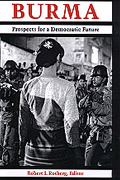
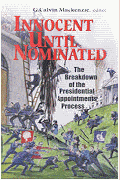
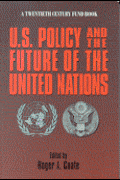
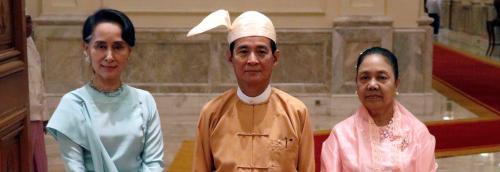
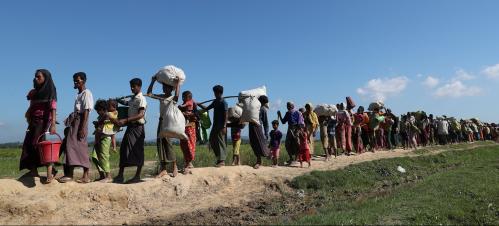

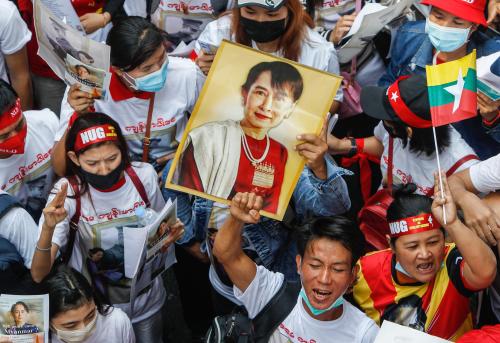
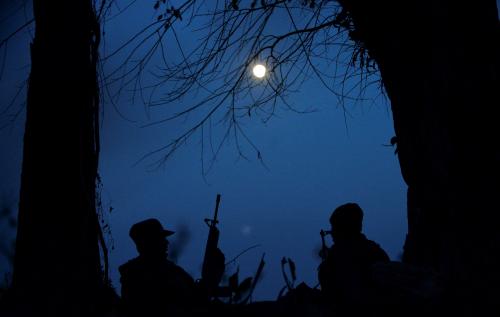
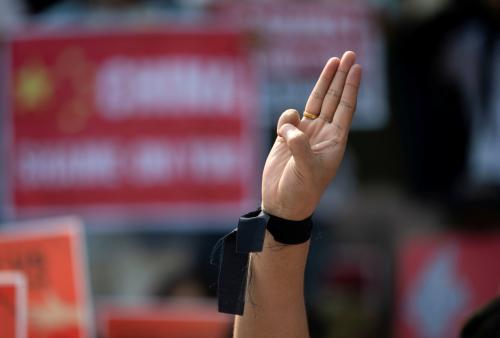
Commentary
Peace and war in Myanmar
December 6, 2019